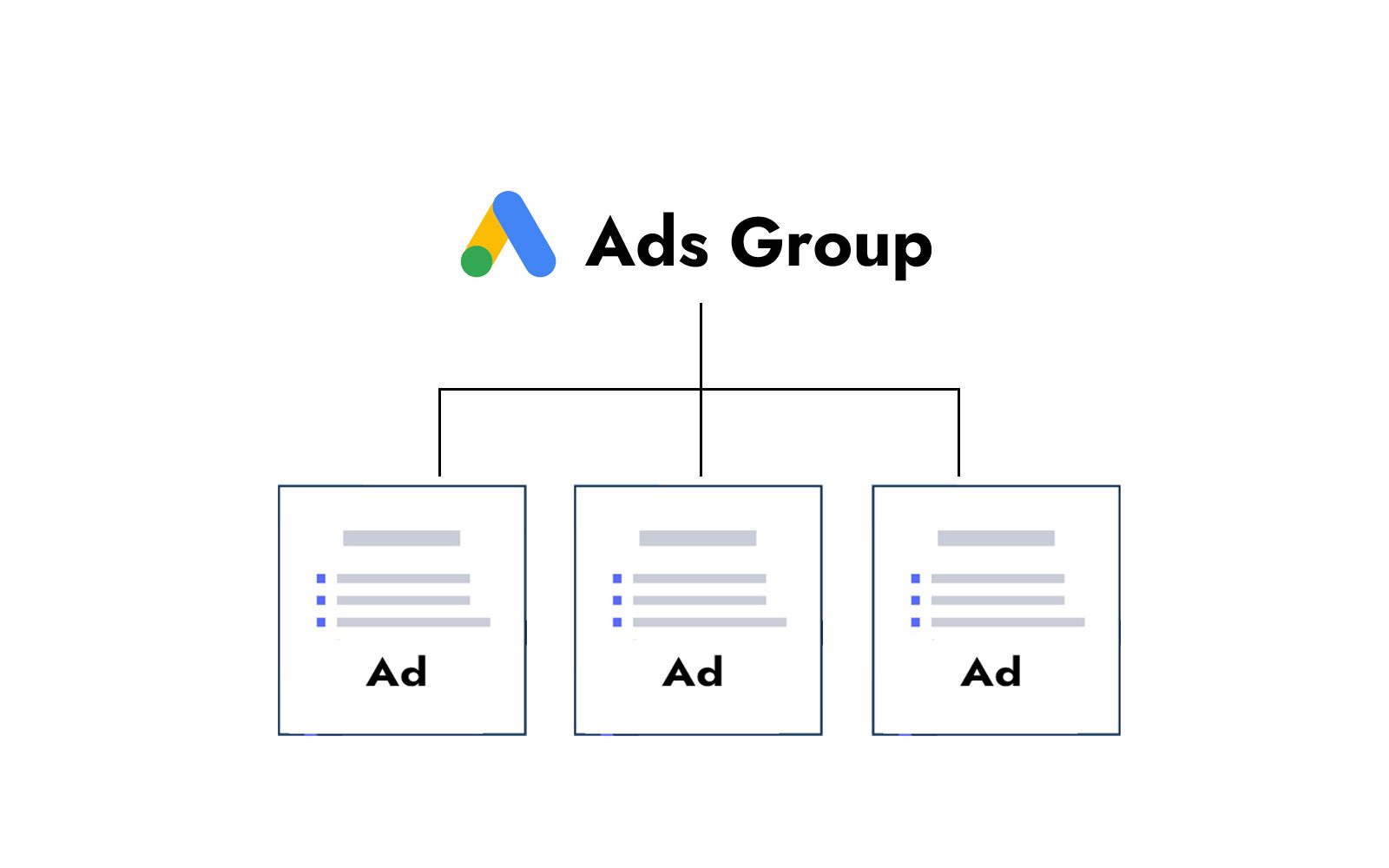Let’s say you have a PPC campaign running with lots of variations in ads, ad groups, messaging, etc. You even have micro and macro conversion goals set up in your PPC campaign and assigned each of them a value. You’ve organized everything in to groups for testing, but you just aren’t completely sure which combination of test variables is working properly.
Here’s how to know which PPC ad group is working:
1. Determine what the value of your conversions are. This can be subjective, so use your judgment based on what the sale is worth. If a sale is worth $100, maybe a form submission for a lead is worth $10. If you have an e-commerce site, than include the value of a sale, perhaps in net terms. (We can determine what the max amount we should spend on a lead by looking at how to measure cost per acquisition.)
2. Compare your ad groups side by side, looking particularly at what the ad group cost, total conversions generated, and total conversion value.
3. Divide the total conversion value by the total amount spent on the ad group. This tells you how much you earned in value for every dollar spent. In the example below, Campaign #1 earned $4.11 for every $1 spent on advertising, while Campaign #2 earned $6.81 for every $1 spent.
We call this the Value-to-Spend Ratio. It helps quickly evaluate your campaign if it has lots of ad groups.
If you have an example where your Value/Spend ratio is less than 1, that means you are earning less than you are spending, so you will need to decide if that ad group should continue or not.
Here are two ad groups shown side by side:
On the surface, Campaign # 1 looks like a better performer. It had a higher click-through rate, more ad clicks, more conversions and $67 more conversion value. Even the average CPC between the two campaigns are identical. But Campaign #2 spent less than half the money to get only 21% less value.
A lot of people might assume Campaign #1 as the winner here, but we disagree because of the Value-to-Spend Ratio. We like this measurement technique because it is agnostic of the various types of conversions and conversion values.
Try it, and let us know how you made out!







